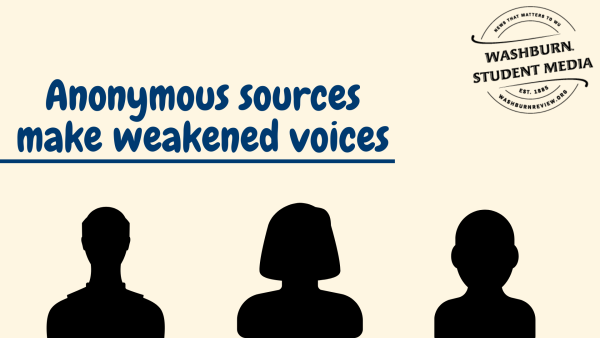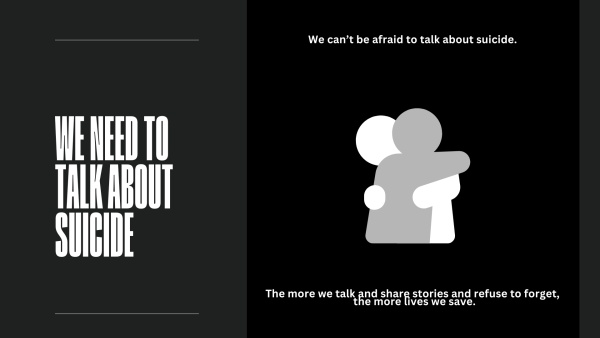A&A Editorials: What you can’t see can hurt you
Most of us know the importance of sterilizing our surroundings, washing dishes, cleaning hands and refrigerating leftover food in containers. These preventative techniques took their part in Western cultures’ everyday life and are performed by many people on a constant basis.
From time to time, however, as college students, we are tempted to procrastinate on cleaning given our hectic schedules. But what knowledge lies behind the importance of a sterile lifestyle and why is taking the time to wash the growing pile in the sink, for example, a chore that can eventually save students’ health?
Although microbes are perceived as potentially harmful to human health, only less than one percent of them are pathogenic, which means that most of the microorganisms that we interact with cannot invade our bodies and live off our matter while damaging it. Microorganisms, in fact, are extremely beneficial contributors to the balance on Earth because they are terrific recyclers, producers of medicine, food manufacturers and much more.
Bacteria living in the ocean produce half of the oxygen in the atmosphere. The danger of getting sick, however, is still existent and can play a major role in harming our bodies.
Before Louis Pasteur performed his famous “Swan-Neck Experiment” in the 1860s, the world believed in a phenomenon called “Spontaneous Generation” according to which living matter arises from a non-living material, as if fungi appeared from the rock that it is grown on.
Pasteur disproved the theory by showing that microorganisms thrive in places with significant exposure to air because microbes are part of the atmosphere
Even before Van Leeuwenhoek invented the microscope in 1600s, people noticed the harmful effects of pathogens on human health. The microscope, however, has allowed scientists to observe the microscopic organisms and the ways they are growing as well as causing disease.
Even though our generation is aware of the importance of keeping our hands and the environment clean, it has not been long since scientist Robert Koch invented the aseptic technique in the 1900s, the procedure that is performed under sterile conditions to control the opportunities for contamination. Only after this event people began changing their opinion toward the sterilizing.
As mentioned above, humans share the earth with microorganisms, some of which cause illness. They can survive in many places including kitchens and on hands. So, how exactly can we get sick?
“The microbes like to eat sugars, protein, so those of them among that chicken and vegetables, they get on the food, and since the room temperature is the condition for them to grow rapidly,” said Susan Bjerke, associate professor of biology at Washburn.
Apparently, when food or dishes are left out uncovered overnight, for example, the bacteria get a wonderful opportunity to populate as they are eating the food. The same goes for unwashed hands. When we forget to sterilize them while touching different objects, the different types of bacteria grow and replicate.
The largest population of bacteria invades our internal system through our eyes and mouth, and some continue to grow until infecting our bodies. In addition, refrigeration keeps the bacteria from spreading because of the extreme temperature that degenerates the living proteins.
Both Bjerke and microbes.org shared that the best preventative habit to prevent bacterial infection is washing hands for at least ten seconds.
“Studies have shown that the best way to prevent disease is washing your hands with warm water and a lot of soap multiple times a day,” said Bjerke. “Also, keeping the surroundings that we use the most such as phones and desks sanitized is the other great way to protect your body from pathogenic microbes.”
According to microbes.org, potentially dangerous food should not be left at room temperature for more than two hours. Most pathogenic bacteria thrive at the same temperature humans do and some of them form toxins that cannot be destroyed by heating.
Without bacteriological and chemical tests, it is nearly impossible to verify the reliability of food. Therefore, all we can do is handle our food, environment and hands in sanitary manner. In the end, those activities promote health, clean conditions, and perhaps a better mood. Let’s get encouraged to get in the habit of sanitizing for a more comfortable quality life.
Your donation will support the student journalists of Washburn University. Your contribution will allow us to purchase equipment and cover our annual website hosting costs.










